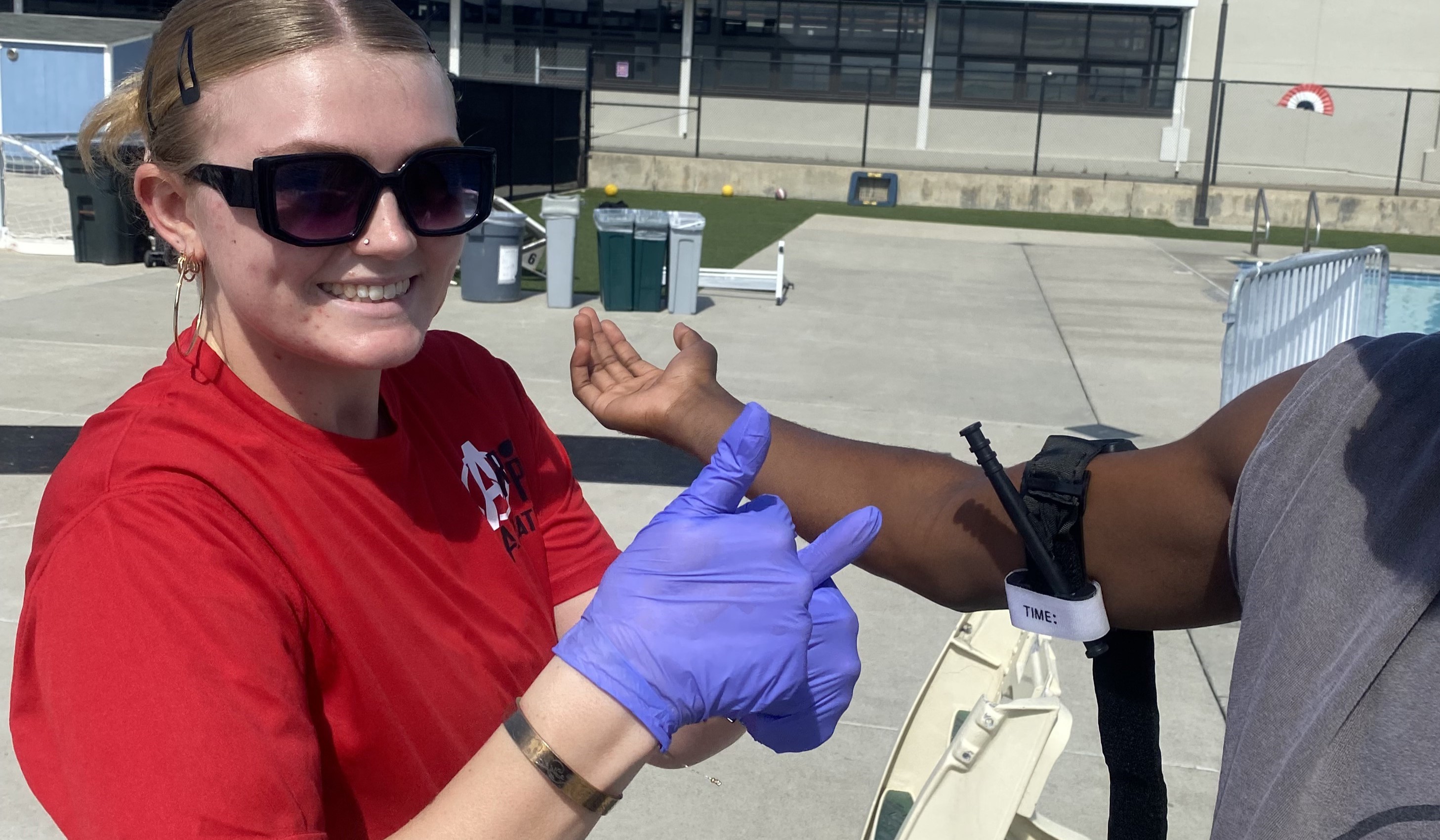For residential pools, cartridge filters are the clear favorite in most corners of the country, with an exception of the Northeast where diatomaceous earth dominates. Meanwhile, sand filters are still a mainstay in the Midwest.
That’s according to a recent Pool & Spa News survey which polled nearly 500 pool industry pros, including retailers, builders and service technicians, to see which filters are selling and where. The findings suggest that cartridges have become increasingly common over the past five years.
Nearly 39 percent of respondents nationwide prefer cartridge filters, while DE is favored by about 33 percent. Sand filters round out the remainder with nearly 29 percent of the vote.
There is no denying the convenience factor of cartridge filters — those pleated elements with a remove-and-rinse advantage — and that seems to be driving its upward trend. Nearly 53 percent of respondents cited ease-of-use as the most common consideration among those shopping for a filter.
While geography plays a role in filter preferences, builders also have a major influence on the market. Nearly half of builders surveyed nationwide prefer cartridge over anything else. They’re easy to install because they don’t require a backwash line. And they might offer the most profit margin.
“Can you get it cheaper and charge the same price for a mechanical package? You probably can,” says Phil Helms, sales manager at Blue Water Pools in North Little Rock, Ark. “There’s certainly less maintenance on the installation. You’re not hauling around 1,000 pounds of sand. And the plumbing is easier. You just have water in, water out. It’s not complicated.”
Reason by region
Northeast
“Here, we just want results because we have less than 120 days of pool season,” says Fred Blanchard, owner of Warm Water Sales Group, a pool products manufacturer’s representative in Longmeadow, Mass.
Of the three filter options, 45 percent of those surveyed in the Northeast chose DE as their preferred medium. The most effective gunk remover, DE traps matter as small as two microns through a series of grids coated with powdered sediment. However, its grids are prone to tear over time.
That’s not a problem in Blanchard’s neck of the woods.
“We’re only running the filter four months a year,” he said. “We don’t have the wear and tear. It will last longer here.”
Northwest
Nowhere is there a stronger preference for cartridge filters than in the Northwest.
Service techs there speculate cartridge’s prevalence has to do with dealers who are drawn to the region knowing customers will change their filters at a more frequent rate.
“The water is pretty hard here so the cartridges are lasting only a year or two,” says Rory Bond, owner of All 4 U Pool and Spa in Meridian, Idaho.
With few suppliers providing few options, cartridges are inundating the market, he says.
“It makes sense for repeat business,” agrees Ben Mayer, a service tech with Norflow Pool and Spa in Clackamas, Ore.
Midwest
Sand filters are ingrained in the Midwest where freshwater sources abound. Nearly half the respondents in this region selected sand as their top choice.
These filters aren’t the most efficient in terms of water conservation, but they are effective, making waste a non-issue in markets drawing water from the Great Lakes.
“Water is cheap for us because we have Lake Erie,” says Daniel Brandt, a pool builder in Amherst, Ohio. “In our region, we have very few people who have wells or reservoirs.”
Sand filters have their appeal because — like cartridges — they’re relatively low maintenance. Sand needs to be replaced only once every several years.
“We just find that it’s a great workhorse,” says Brandt. “It takes a lot of abuse because customers never keep up their pools like they’re supposed to.”
Southwest
Cartridge filters are touted as water-savers in the drought-prone Southwest.
Though the survey shows DE holding a slight edge to cartridge filters in terms of preference by those in the Southwest, nearly half have reported an increased demand for cartridge filters over the last five years — a trend partially driven by local officials who are championing the product as a major water saver.
Last year, the San Antonio Water System launched an incentive program offering residents a $250 rebate for replacing their sand or DE systems with high-efficiency cartridge units. Brandon Leister, a SAWS conservation planner, estimates the program will save customers 20,000 gallons a year on average. That’s about $80 to $100 savings annually.
“Historically, the preference here has been sand and DE filters,” he says, calling the systems “user onerous.”
“They may leave them on and backwash for 24 hours” — needlessly wasting water, Leister says.
So far, SAWS has issued about 15 rebates. Leister says it’s been a “slow, trudging process.” The challenge, he says, is targeting existing pool owners, not those who are building new pools because they tend to go with cartridges anyway.
“As habits start to change and mentalities start to change, the cartridge filter will win out,” he says.
According to the survey, 53 percent of Southwest builders have replaced a DE or sand system with a cartridge filter in the past 12 months.
Southeast
It’s a dead heat between sand and cartridge filters in the Southeast, though a majority of respondents say cartridges will hold sway in time.
“It doesn’t surprise me, for new construction especially,” says Blue Water Pools’ Phil Helms. Cartridges nationwide are the filter most likely to be found on newer swimming pools — those built within the last two years — according to nearly 54 percent of respondents.
They’re also the preferred option for saltwater pools, which are becoming commonplace in Helms’ market.
“For new construction, it’s almost 100 percent saltwater,” Helms says of residential projects.
Saltwater pools offer the benefits of softer water without the chemicals that conventional pools require. Because cartridge filters aren’t backwashed, they help maintain the salt balance.










